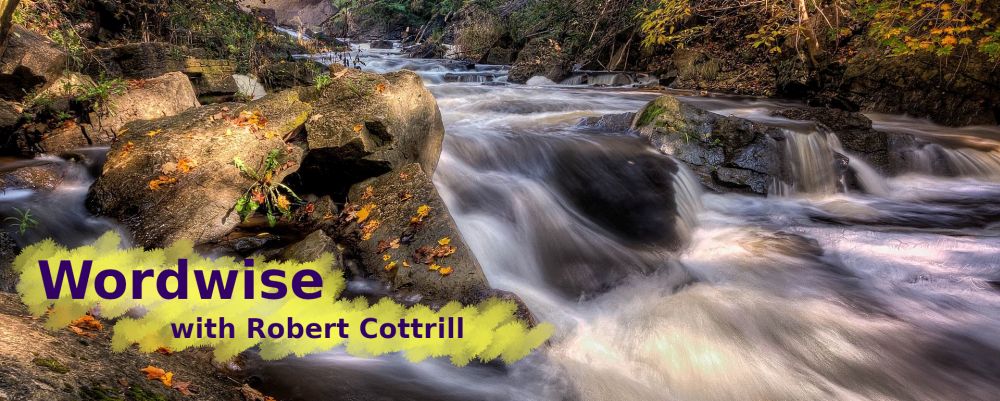Sun of My Soul
Words: John Keble (b. Apr. 25, 1792; d. March 29, 1866)
Music: Hursley, by an unknown composer.
Note: John Keble was elected to the Poetry Professorship at Oxford University, in 1831. His skill as a poet can be seen in this beautiful hymn, written in 1820. It is part of a fourteen stanza poem entitled “Evening.” And while the hymn is wonderful as it is, it gains some force by noting the initial stanza of the poem which speaks of the actual sun in the sky.
‘Tis gone! That bright and orbéd blaze
Fast fading from our wistful gaze;
Yon mantling cloud has hid from sight
The last faint pulse of quivering light!

Keble’s point is that the physical sun may pass from view, and night descend, but Christ the “Sun of my soul” gives eternal light.
Various compilations of hymns list this one among the top ten in the English language. And the very useful Hymnary.org tells us they found it in 1,184 hymn books. That surely attests to its popularity over the years.
As to the tune, John Keble and his wife selected it for this hymn, and named it Hursley, as that was the parish in England where Keble was vicar for thirty years. (The church is pictured.) The tune was found in the Katholisches Gesangbuch (German Catholic Songbook), where it was the setting for the German Te Deum.
The Cyber Hymnal includes some interesting comments by composer Herbert Oakeley, who considered this tune inadequate and vulgar. (His words.) He calls it “a lively tune, unsuitable to sacred words, [which] often had the effect of driving me out of church.” Really? The tune can hardly be called “lively,” unless it is sung rapidly–which would be totally unsuited to the words.
Further, it is a beautifully crafted melody. Notice how the rising pitch of the second line perfectly suits the urgency of the words in the last couplet of each stanza. Oakeley’s own tune for the hymn (Abends) is fine, but it lacks that dramatic structure. For me, it’s not an improvement.
(Stanza numbers in brackets below refer to the stanza number in The Cyber Hymnal. Find the link at the bottom of the article.)
The hymn was inspired by Luke 24:29. Reference to this incident on the road to Emmaus, and the request that the Lord “abide” with us, is found in (3).
They constrained Him [Christ], saying, “Abide with us, for it is toward evening, and the day is far spent.” And He went in to stay with them.
Lk. 24:29
However, poetic imagery of Christ as the sun comes from the prophet Malachi, who prophesies of the coming Messiah:
The Sun of Righteousness shall arise With healing in His wings
Mal. 4:2
(1) Sun of my soul, Thou Saviour dear,
It is not night if Thou be near;
O may no earthborn cloud arise
To hide Thee from Thy servant’s eyes.
(2) When the soft dews of kindly sleep
My wearied eyelids gently steep,
Be my last thought, how sweet to rest
Forever on my Saviour’s breast.
There is a marvelous, and thoroughly biblical, contrast in (3). “Without Thee I cannot live…without Thee I dare not die.” It reminds me of Paul’s declaration, “To me, to live is Christ, and to die is gain” (Phil. 1:21). Without Christ, life on a spiritually and eternally rewarding plain is impossible, and death is a fearsome prospect. But if to live is Christ, then to die can only be gain.
(3) Abide with me from morn till eve,
For without Thee I cannot live;
Abide with me when night is nigh,
For without Thee I dare not die.
After pleading the necessity of the presence of the Lord in his own life, the author turns his attention, in prayer, to others. There is a prayer for backslidden believers (4), and for those who are sick, or in mourning (5).
The hymn moves to a glorious conclusion with (6), when the believer in eternity is lost–in the positive sense of being submerged in and surrounded by the ocean of God’s love.
(6) Come near and bless us when we wake,
Ere through the world our way we take,
Till in the ocean of Thy love
We lose ourselves in heaven above.
Questions:
- What is it about the physical sun and sunlight that provides a picture of what Christ means to us?
- One commentator wrote, “Sun of My Soul is one of the finest examples in our language of what a true prayer hymn should be.” Do you agree, or disagree? (And why?)
Links:
- 25 April 1792 – John Keble Born
- Sun of My Soul (The Cyber Hymnal)
- Sun of my soul, Thou Savior Dear (Hymnary.org)
